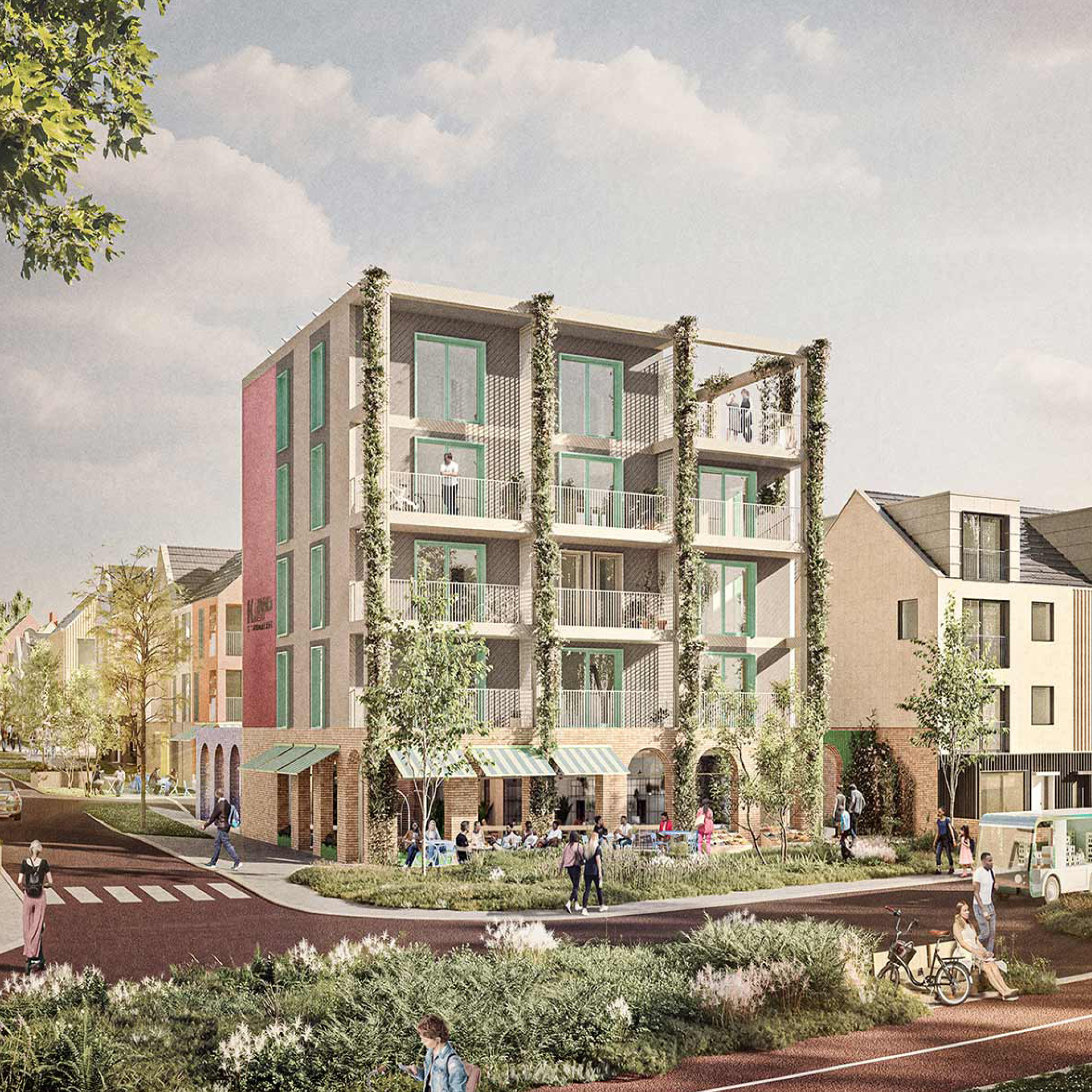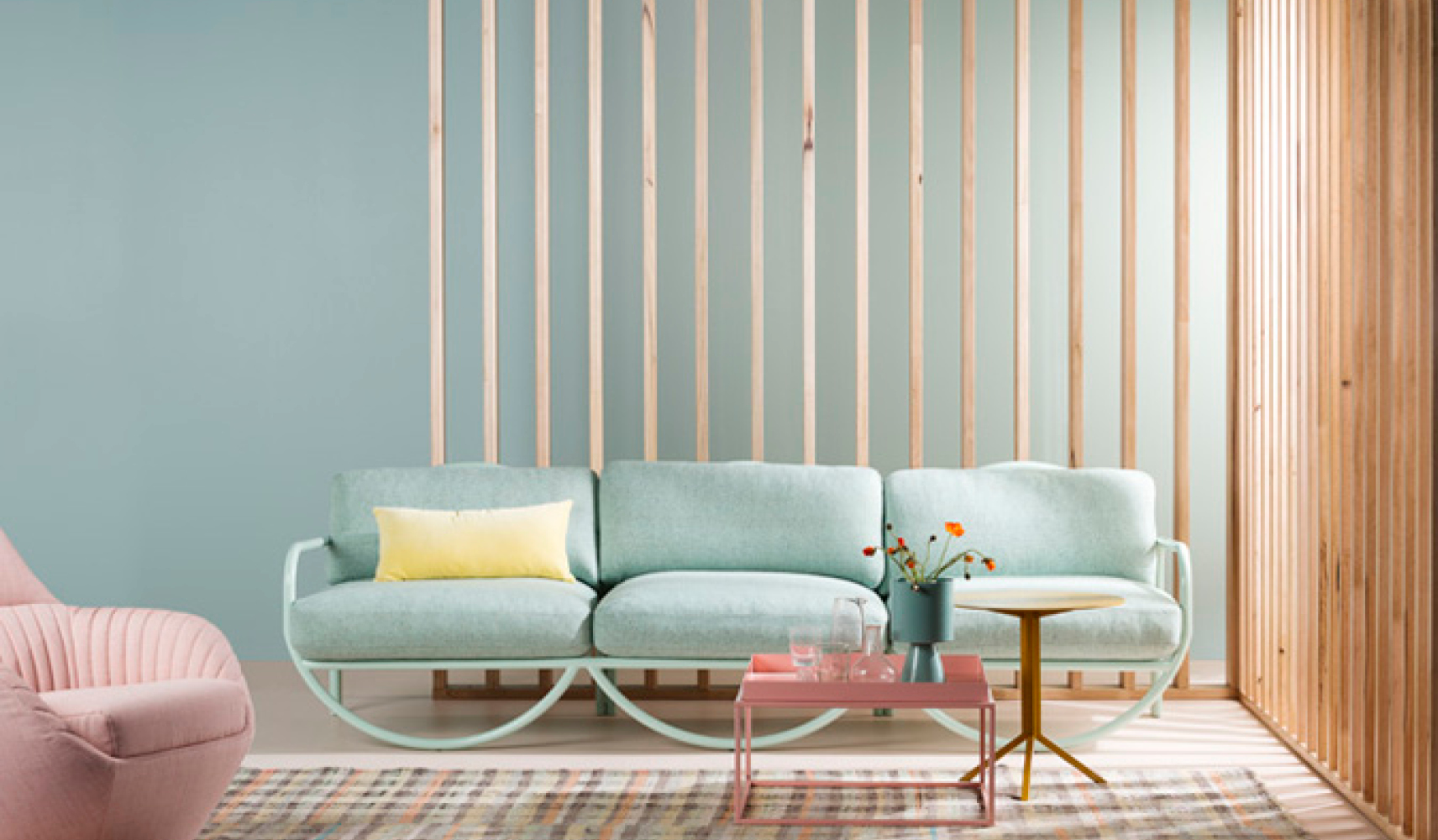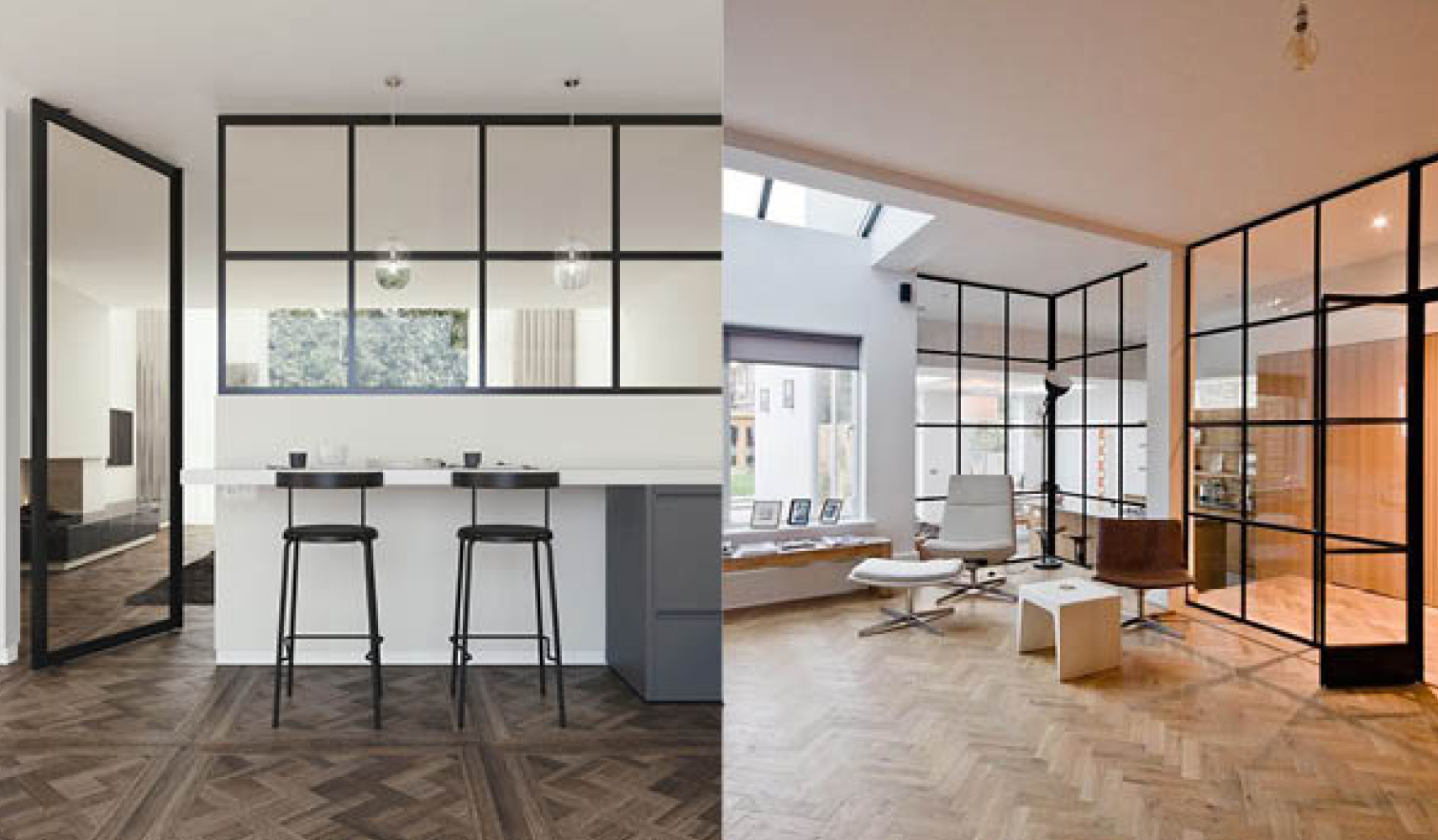How will our built environment evolve post-pandemic?
 Igloo Regeneration
Igloo Regeneration When planning for the future of our built environment, it’s important to understand what consumers need and want from their homes and neighbourhoods, as well as where they will be spending their time. With the majority of the office-based workforce becoming de-centralised (according to the Institute of Directors, 74% intend to continue with increased home-working post-pandemic) there is an opportunity for reimagining how we plan and attract people to our city centres.
Looking around our city centres right now, what’s abundantly clear is that as we begin to recover from the pandemic, the same old ideas just won’t cut it. Do people want to spend time in crowded shopping centres and bars? Or do they want to stroll along the river with a takeaway coffee in hand? How can we create built environment spaces where people want to be so that they stay and spend whilst they are there?
Urban revival
City centres are less appealing when theatres, bars and restaurants are closed and we can expect to see the heightened anxiety around venturing into crowded urban spaces continue for some time. How do we create more ‘liveable’ cities where being outdoors is an enjoyable experience? As the experiences which people crave in cities begin to shift, suburban areas will likely enjoy a renaissance too, as householders are less inclined to drive or take the bus. Facilities, culture and infrastructure once reserved for city centres must flow out to the suburbanites creating new micro-communities.
What are people looking for from their homes today?
Walkability is really important for neighbourhoods, particularly in the city. A growing number of households, especially younger ones, have no car or shared cars. These consumers believe that getting around by foot is healthier for them, and also healthier for the planet. As we’ve discovered recently in lockdown, walking is an activity that helps slow the hectic pace of life too. Amenities will need to be within a 15-minute commute while proximity to decent third spaces will be more important too – cafes with great wifi, co-working spaces, libraries, anywhere that is not your home that you can go and work will appeal.

Introverted design
This is becoming more important for family homes and co-living spaces – householders need division – somewhere to call their own, even if it’s a converted garage gym or a guest room yoga studio. Snugs, nooks and micro-zoning will pick up pace and open plan spaces will no longer be as appealing.
Gardens are the new living rooms
Gardens, or at least access to outdoor spaces, are essential for people looking for homes today. Consumers have learned, in recent months, that some kind of connection to green space and nature is imperative for their wellbeing and that socialising outdoors is healthier; these will be two pervading and long lasting attitudes. We’ve already seen some heavy investment in items that will make gardens more enjoyable all year round; 2020 saw a huge spike in sales of patio heaters (400%) and hot tubs (1080%). Even householders who live in tiny apartments are prioritising outdoor space, a behaviour that was building before the pandemic, as Pinterest saw a 287% increase in searches for vertical gardens in 2019.

Life splicing will escalate
From picking up your kids in the middle of the work day to working late on an assignment or emptying the dishwasher whilst on a call with your manager – the lines between work and personal life are blurring much more than they were and the home will reflect that. Internal windows and sleek glass partitions which allow for the space and light of open plan layouts, minus the sound effects, will allow stressed-out parents to keep an eye on children while they work quietly in another room.